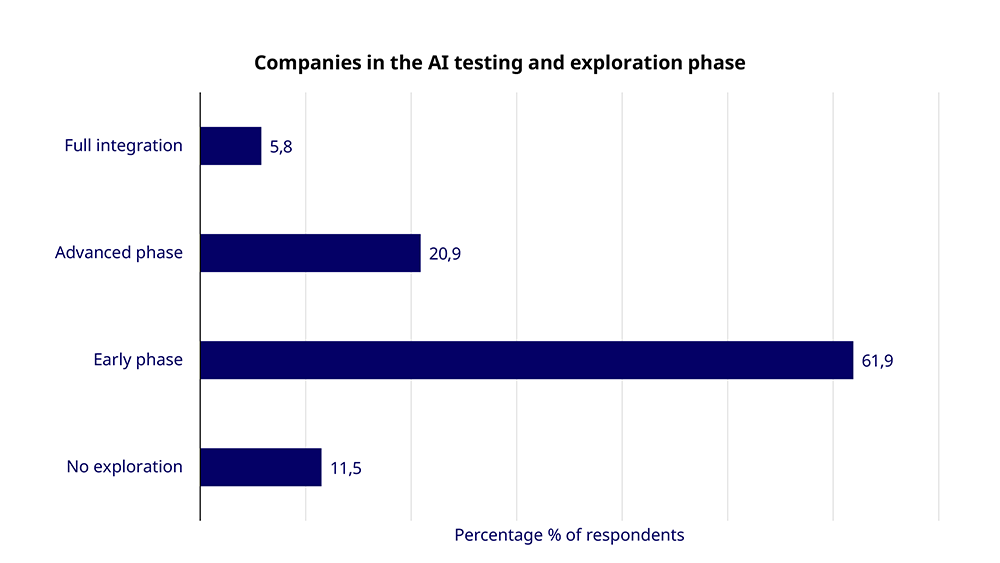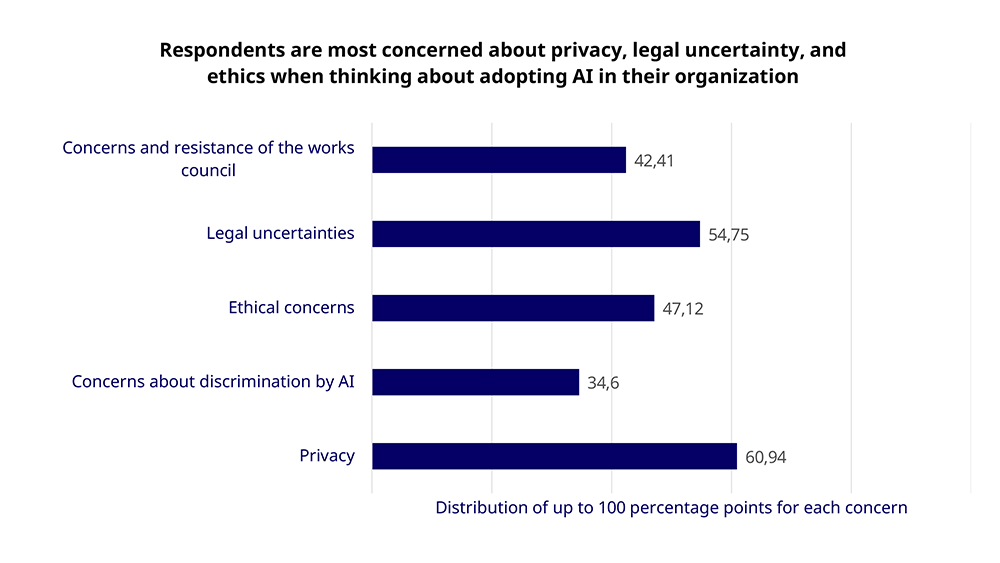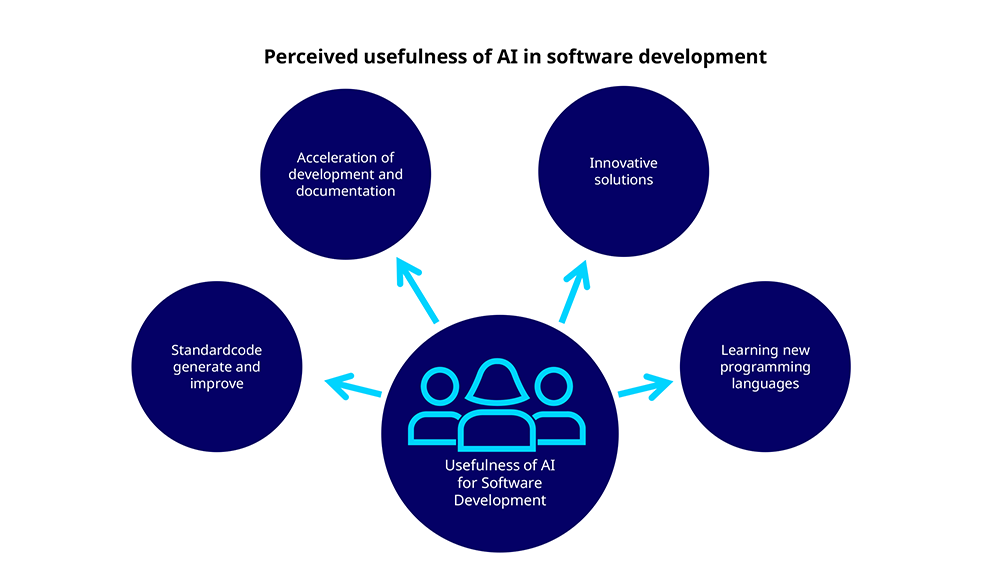A comprehensive study conducted by G+D Netcetera, Giesecke+Devrient, appliedAI, and WeAreDevelopers in cooperation with TUM reveals key insights into this transformation, offering a data-driven perspective on the integration of AI in software development processes. The study provides insight into how these tools are used today, how they influence development practices, and what opportunities and challenges they present, especially in environments where software quality, security and long-term maintainability matter most.
The coding landscape is undergoing a quiet revolution. In development teams across industries, AI assistants are becoming trusted companions, changing not just how code is written, but how developers approach their craft entirely. This transformation isn't just about automation, it's about reimagining what's possible when human creativity meets machine intelligence.


